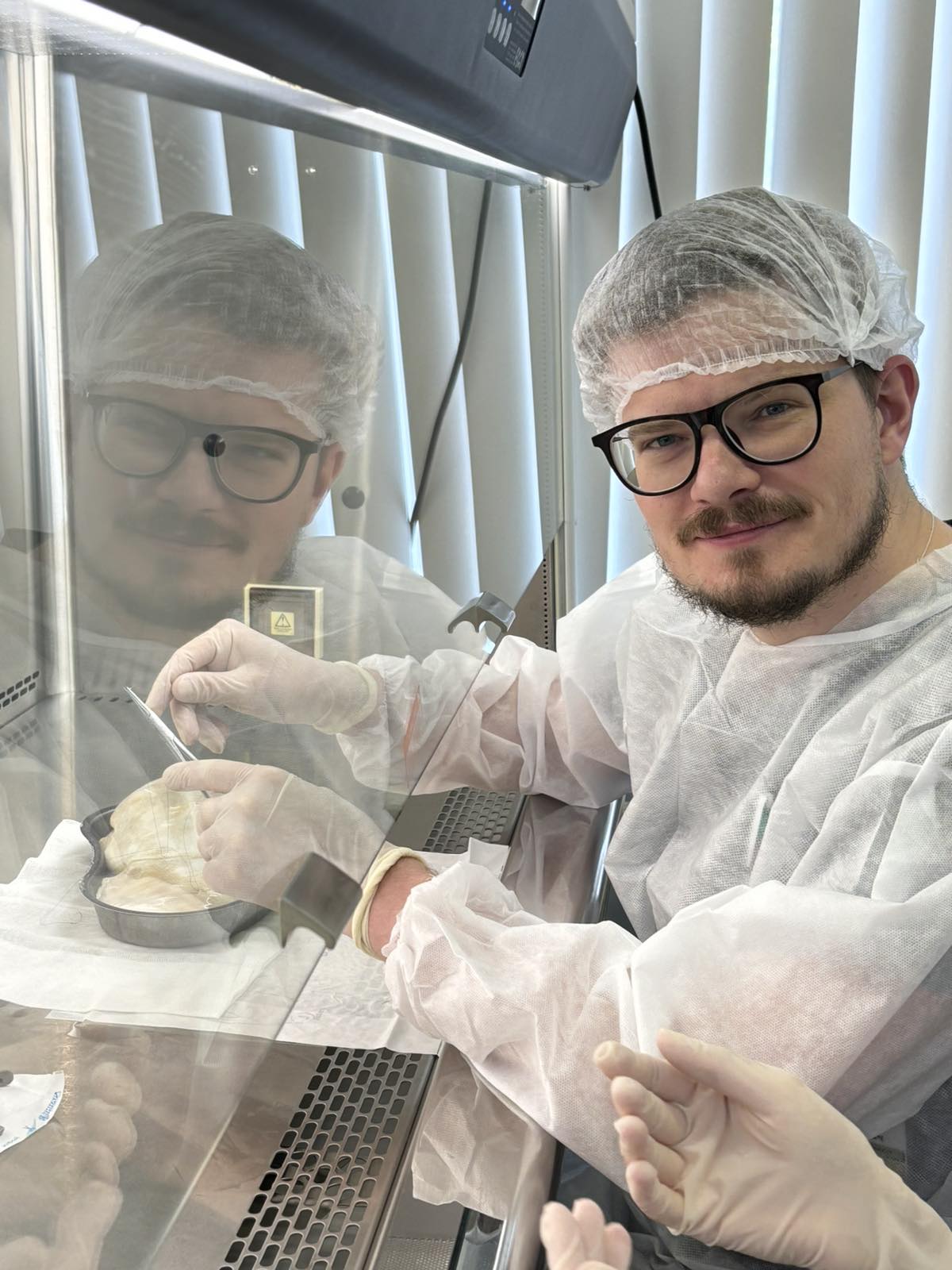
Clinical implementation of advanced biotechnologies for liver failure management in Belarus: stem cell therapies and tissue engineering approaches
Denis Efimov1, Evgeniya Primakova2, Ekaterina Yurkina2, Svetlana Krivenko2, Ekaterina Nazarova2, Denis Sadovskiy2, Sergey Korotkov1, Aleksey Shcherba1, Oleg Rummo1.
1Surgery-Transplantation, Minsk scientific and practical center for surgery, transplantology and hematology, Minsk, Belarus; 2Cellular technologies laboratory, Minsk scientific and practical center for surgery, transplantology and hematology, Minsk, Belarus
Introduction: Liver failure remains a critical healthcare challenge with limited treatment options beyond transplantation. In Belarus, innovative biotechnological approaches have been developed to address this need, focusing on mesenchymal stem cell (MSC) therapies and tissue engineering solutions. This study presents clinical outcomes from research implemented at the Minsk scientific and practical center for surgery, transplantology and hematology (2022-2025).
Methods: Two registered biomedical cellular products were utilized: a) Adipose-derived MSCs (BCP-7.103083/2012) for intraportal administration during hepatectomy and b) Placental-umbilical cord MSCs (BCP-7.114860) for systemic cirrhosis therapy. The following MSC administration protocols were applied: adipose-derived allogeneic MSCs (20 × 10⁶ cells in saline) were infused intraportally during major hepatectomy;
Placental-umbilical cord MSCs were administered via prolonged infusion into the cubital vein (40 mL cell suspension in saline) using an infusion pump at a rate of 1 mL/min, with a dose of (2–3) × 10⁶ cells per kg of recipient body weight. Parallel development of perfusion-decellularized liver scaffolds from transplant-discarded organs was initiated.
Results: 37 patients underwent cell transplantation between January 2022 and February 2025. No adverse events were reported. The overall one-year survival rate was 83%. No cases of post-resection liver failure were observed in the prevention group (0% vs 23% (in controls), (p<0.01)). Systemic intravenous administration of placental-umbilical cord MSCs improved survival rates and extended the waiting time for emergency liver transplantation. This was attributed to a significant reduction in total bilirubin levels, improved synthetic and metabolic liver function, and stabilization of liver failure progression in most cases. Decellularized human liver scaffolds showed complete cell removal, DNA free, maintained patent vasculature (SEM confirmation) and non-cytotoxicity and biocompatibility (IncuCyte viability >95%).
Conclusion: The Belarusian program successfully translated biotechnology into clinical practice through:
1) Standardized MSC therapies with proven efficacy in prevention and treatment of liver failure;
2) Reproducible scaffold production protocols;
3) National regulatory framework development.
These advancements provide life-saving alternatives when transplantation is unavailable, with future directions including combination therapies and expanded indications.
[1] mesenchymal stem cells
[2] liver failure